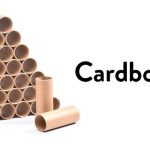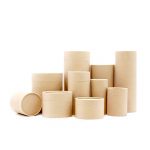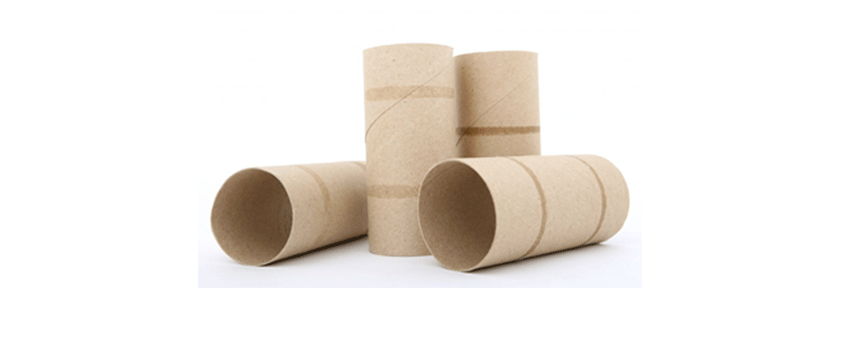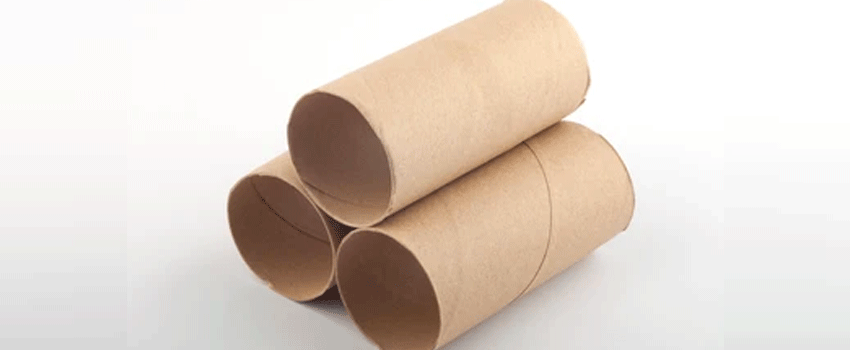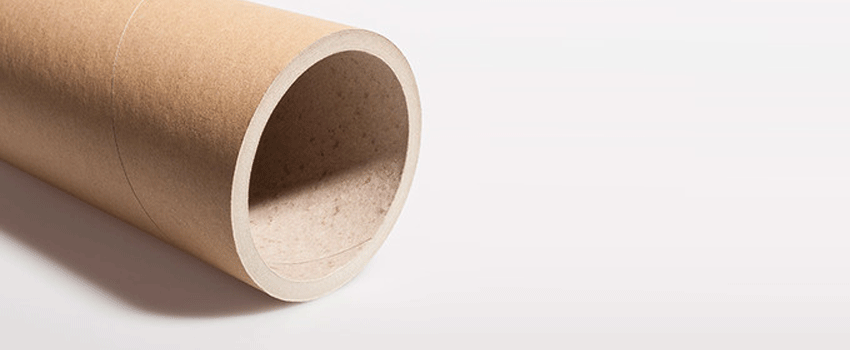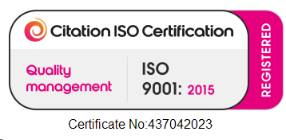Cores and Tubes: It’s easy to miss the strength and power of cardboard tubes since they’re so common. Paper cores and tubes serve a variety of purposes, from holding chips to distributing paper towels to containing 2,000-pound rolls of shipping and packaging paper and transporting concrete.
Tubes and cores by Safe Packaging are manufactured from continuous strips of cardboard and a variety of adhesives.
Safe Packaging cores and tubes are unique in that they have outstanding dimensional tolerances and crush strength. Cardboard cores are everywhere, and they may be found in almost every part of contemporary life.
They’re made for a wide variety of consumer purposes, and they’re sometimes referred to as commodity items.
Why Cores and Tubes Do Well?
Paper tubes are lightweight, flexible, and have a high strength-to-weight ratio. They’re designed to secure their contents while being lightweight, lowering transportation expenses. Furthermore, heavy-duty paperboard tubes are durable, making them ideal packaging for high-impact mailings.
Paper tubes also provide an opportunity for distinctive branding and personalization by giving a surface on which to display corporate labels and stunning designs, resulting in classic packaging and easy brand recognition.
This cardboard is also used to make load-bearing structural tubes, such as those used for concrete columns, making it simple to cut to the right length. The more weight a tube can hold, the thicker it is.
Another advantage of paper-based tube packing is its long-term durability. Paperboard tubes are constructed of recyclable materials and can be reused or recycled on a regular basis.
Cores designed for winding, transport and finishing
The majority of cardboard tubes are utilized in industrial winding activities around the world. In these applications, film, paper, or textile yarn is wound directly onto cardboard tubes after it has been made.
The paper tube helps with the development of a robust roll structure in the winding material and facilitates the transportation of the finished product to a converting process. These tubes range in size from small consumer products such as paper, plastic, aluminium, cloth, and yarn to massive industrial cores used to wind the plastic film, printing paper, textiles, and specialty metals. These tubes are intended for use in the winding, transporting, and finishing processes in indoor spaces.
The majority of industrial tubes are structurally optimized and developed. This is accomplished during the design phase by selecting correct paperboard strength and rigidity, tube thickness, ply location in the wall, and adhesive quality.
As a building material
Paper has always piqued the Japanese’s curiosity as a building material. Paper and cardboard are good construction materials because they are manufactured from recyclable materials and can be recycled as well.
Cardboard tubes manufactured from recycled paper have a consistent quality and are extremely long-lasting. Tubes are substantially lighter than wood, let alone concrete and steel, as a building material. This is a significant benefit since it allows us to quickly construct lightweight structures.
When getting resources or disposing of extra garbage, the risk of damaging the environment is minimal. Cardboard tubes are basic, yet they have a lot of power and beauty.
Cardboard core as an alternative
It’s important to remember that some construction techniques are more harmful than beneficial. They are wreaking havoc on the environment. It is becoming increasingly important for us to be able to evolve beyond these systems.
We could drastically delay the destruction of the earth and possibly reverse specific features of it if we know how to handle alternate planning and manufacturing systems.
Buildings have been constructed for ages out of discovered elements such as rock, dirt, reeds, and logs. These limited supplies are being depleted, and new solutions are needed. Many of the qualities of sustainable resources are comparable to those of conventional materials.
There is no reason why these materials should not be used more widely in the building. In fact, some of them outperformed typical materials in terms of strength and toughness.
Additional features
Specific materials, such as safe aluminium foil paper, can be utilised within the paper tube to considerably boost the quality and safety of foods. Bespoke cardboard packaging has evolved into a cutting-edge method of presenting a wide range of products. Metal, wooden, and plastic boxes are 60 percent more expensive than paper cylinder packing.
Some additional benefits include—
If you’re looking for cardboard cores, evaluate the advantages they provide and whether or not you should employ them in your company.
Cardboard tube packaging is considerably superior in terms of recyclability and ecological sustainability. Non-toxic, odourless, environmentally friendly, secure, and hygienic packaging materials are made of cardboard.
It is very light in weight and easy to handle and move as it is made of paper.
The use of Lining paper as a liner in food packaging ensures that the product is safe and fresh.
Product preservation is greatly aided by good sealing performance and an optimum oxygen barrier function.
Modify the size and content of the display to create a strong brand awareness effect.
It may not only represent the product’s attributes immediately, but it can also protect the product from pollutants in the air. The use of unique print content is the second half, which ensures that the product on the shelf has much more than a few times the chance of attracting attention.
The cardboard’s surface is smooth, and elegant patterns can be printed on it, making it ideal for promotion, particularly on supermarket shelves. Products with high-quality printing can pique customers’ interest in purchasing.
Because of its high performance, cardboard tube packaging is extensively utilised in a variety of industries, including essential oil packaging, cosmetics packaging, and food packaging. In terms of appearance, cardboard packaging, either printed or unprinted, will be advantageous to the square package.
To Learn More About Cardboard Packaging, Contact Safe Packaging Now.
Cardboard packing is a remarkably resilient packaging material that can securely store and transit a variety of goods and products. Cardboard packaging is affordable, adaptable, and, most notably, environmentally safe.
Feel free to contact Safe Packaging for additional information if you’re seeking high-quality cardboard cores and tubes for your business or personal purposes.


